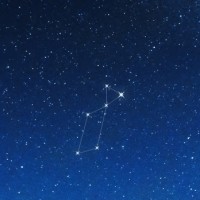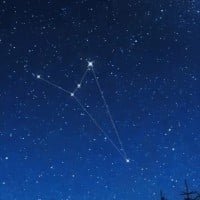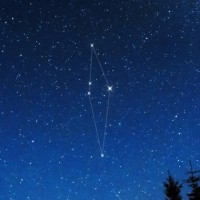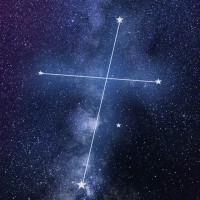Top 10 Object Constellations
Of the 88 official constellations, 28 of them have a shape of an object or non-living things. In this lists, these are the constellations with the figure of an object such as clock, scale, compass, and many more.
It is one of the zodiac constellations located in the Southern celestial hemisphere. It was named from the Latin word meaning balance or scale. By its name, it resembles a scale or balance. The brightest star in this constellation is Beta Librae or Zubeneschamali. It is a B-type main sequence star.

It is a constellation in the Northern Hemisphere, named from the Latin word for Northern Crown since it has the figure of a crown in the North, as in Aurora Borealis or Northern Lights. The brightest star in the constellation is Alpha Coronae Borealis. It is an eclipsing binary star with two main sequence stars named Class A and Class G.

It is a constellation in the Southern Hemisphere. It was named from the Latin word meaning keel of a ship since its figure resembles the ship's keel. The brightest star in this constellation is Canopus or Alpha Carinae. It is a bright white giant star.

If Corona Borealis is in the North, then Corona Australis is in the South. It came from the Latin word for Southern Crown since it has the figure of a crown in the Southern Hemisphere. The brightest star in the constellation is Alpha Coronae Australis or Meridiana. It is an A-type star or whitish star.

It is a constellation in the Northern Hemisphere. It is a Latin word for lyre since it has the figure of a lyre or harp. The brightest star in the constellation is Vega. It is an A-type main sequence star, a type of star with a white color.

It is a constellation near the deep portion of the Southern Hemisphere, named from a Latin word for an eighth portion or after a navigation instrument known as an octant. Octant is a navigational instrument that has been used for navigation. The brightest star of the constellation is a binary star known as Nu Octantis. Its primary star is an orange giant.

A constellation in the Southern Hemisphere with the figure of a small net or reticle. Reticles are just crosshairs that are found in telescope eyepieces. It came from a Latin word for small net. The brightest star in the constellation is Alpha Reticuli. It is an A-type star or yellowish star.

It is a constellation in the Southern Hemisphere. It is named for its figure, resembling a microscope. The brightest star is a yellow G-type giant star known as Gamma Microscopii.

One of the constellations in the Southern Hemisphere. It is a Latin word for shield since it has a shield-shaped figure. The brightest star in the constellation is Alpha Scuti. It is an orange K-type giant star.

It is a constellation in the Southern Hemisphere. It is a Latin word for cross and is known as the Southern Cross. This is the Southern counterpart of Cygnus, or the Northern Cross. The brightest star in this constellation is Acrux. Acrux is a multiple star system. The two components are B-type stars or blue-white stars.